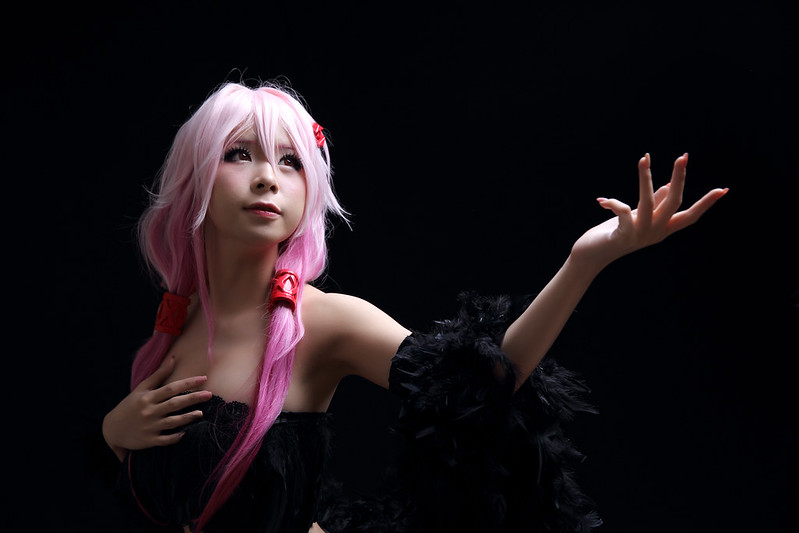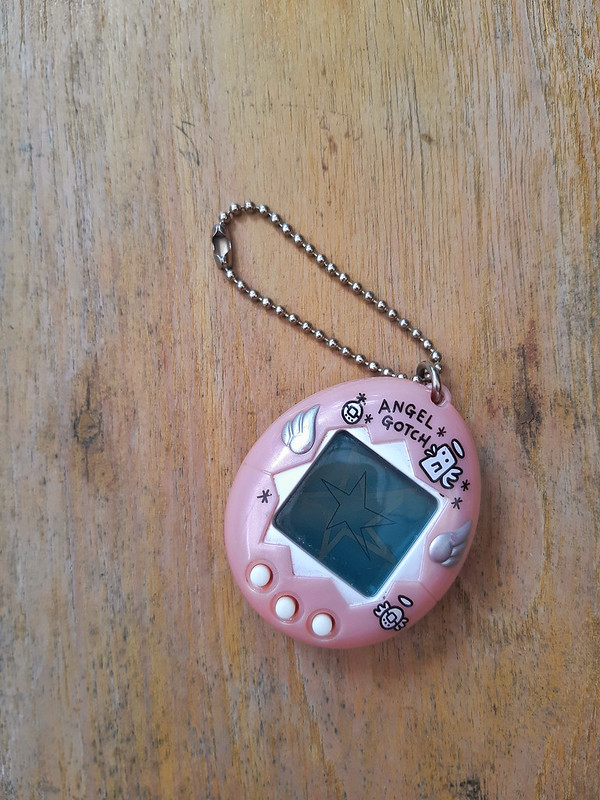
The Appeal of Japan’s Outrageous and Fascinating Subcultures
Wacky and weird, captivating fun. That’s what Japanese trends and popular subcultures are. The Japanese seem to be perpetually inclined to come up with one brilliant fad after another.
The fad sweeps the nation and sometimes its popularity extends to other countries all around the globe. One such phenomenon is the Tamagotchi , a digital pocket pet first sold by Bandai in 1996 in Japan. As of 2010, an estimated over 76 million Tamagotchis have been sold world-wide.
 Japan’s fashion industry has churned out some unforgettable fads such as Harajuku’s Lolitas and Akihabara’s Maid Girls. Some fads in Japan die down as fast as they rise–the Japanese can be so excited about something new that they quickly tire of the previous “in” thing. That’s mainly why Japan, Tokyo in particular, is the hub of the outrageous and the bizarre. It is a wonderful place to stay in touch with what’s in vogue for future trend setters.
Japan’s fashion industry has churned out some unforgettable fads such as Harajuku’s Lolitas and Akihabara’s Maid Girls. Some fads in Japan die down as fast as they rise–the Japanese can be so excited about something new that they quickly tire of the previous “in” thing. That’s mainly why Japan, Tokyo in particular, is the hub of the outrageous and the bizarre. It is a wonderful place to stay in touch with what’s in vogue for future trend setters.
Tamagotchi
Last September, National Geographic’s “Taboo” featured a story on the Japanese “Bagel Head” which highlighted Tokyo’s subculture and personal expression. It left many people around the world gawking in disbelief. The “bagel head” is a procedure that involves inserting a saline drip under the forehead skin. After about an hour, the forehead will swell into a round mass. A thumb is then pushed in the center of the mass to make it look like the person has a bagel implanted onto his forehead. The “bagel” in the forehead usually lasts for about 6 to 24 hours; then the saline is absorbed by the body and urinated out. The skin then returns to normal. Tokyo’s Keroppy Maeda performs about 10 procedures of this type each year and not many Japanese know of this. But the media frenzy caused by the National Geographic segment brought the already notorious Japanese subculture into an even brighter spotlight.
Japan’s fashion-forward reputation can probably be attributed to three decades of fashion trending. The Japanese fashion industry reached climactic proportions in the 1980s with Issey Miyake, Yohji Yamamoto, and other such prominent Japanese stylists shooting into the fashion industry’s limelight.
According to Yuniya Kawamura, Professor of Sociology at New York’s Fashion Institute of Technology, the past two decades have made Tokyo’s fashion scene interesting by the creation of multiple divisions in youth culture and in the products they consume and create. She explains, “The easiest way to understand Japanese subcultures is to divide it into different districts. In each district you find very interesting youth subcultures coming out of it.” This adds to the complexity and allure of the fashion scene and popular subculture in Japan.
